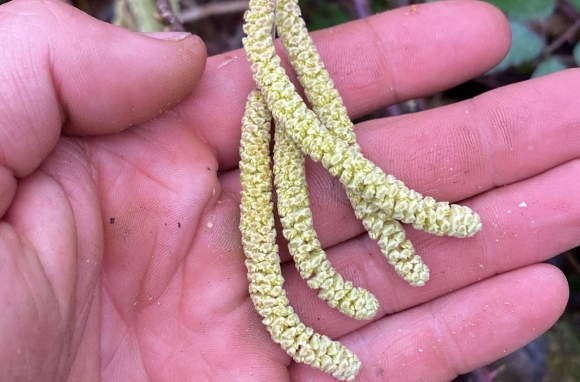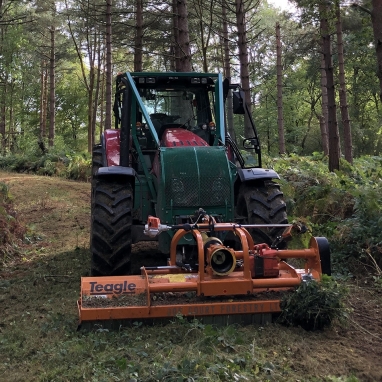
Lambs Tails
February can be a pretty cold, damp and dreary month. But if you look a little closer, the first cracks in Winters’ thrall are appearing, and the first signs of Spring are all around us. Walking through the woods today, the Bluebells are pushing green shoots through the leaf litter with snowdrops nodding on road verges. But without a doubt, the cheeriest and most welcome sign of spring are the flowers of the Hazel.
Hazel flowers, known as Lambs Tails or Catkins, are the first truly spectacular floral display of the year. The catkins are the male flowers of the Hazel, built to sway pendulously in the slightest breeze and spread the pollen through the air. Hazels produce both male and female flowers on the same plant but cannot self-pollinate, so it is vital that the pollen makes its way through the woods to find other Hazels.
Catkins can also provide useful pollen sources for early bee species. Although Hazel catkins are too early for all but the most intrepid of early bumble bees; other catkins play a more important role. The catkins of the Pussy Willow provide an invaluable pollen and nectar resource for bees. So much so, that standing under a tree in full blossom on a sunny day the humming of the bees can be deafening.
The Hazel has many amazing traits and was widely used and valued for its timber making everything from peas sticks, to hurdles and divining rods. The countryside would once have been full of coppicers working their blocks of woodland, approximately three acres per year per man. These coppice blocks were central to the rural economy and everyday life in pre-industrial Britain.
But my favourite amazing fact is about the Hazels scientific name Corylus avellana. Whilst most plants are named for some physical facture or where they live, the Hazel has a far more exotic story.The avellana part of the name is derived from the trees original description in literature. In the first century AD, Pliny the Eldar wrote his Encyclopaedia Naturalis Historia where he referred to the Hazel as “Avellana nux sylvestris” or Woodland nut of Avella. Where is Avella I hear you cry. Well, Avella is a city in Italy renowned for its cultivation of Hazel Nuts. When modern taxonomists, following Linnaeus, named the hazel they retained the reference to the city with persists today Corylus avellana literally translated as the Hooded Nut from Avella.

Latest news
